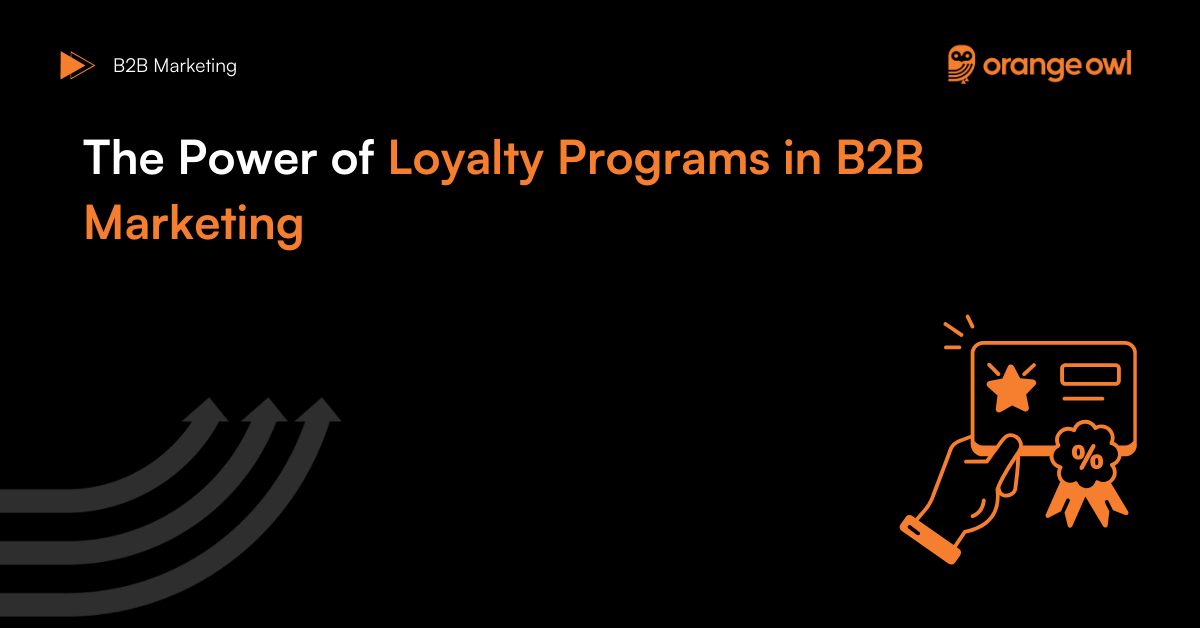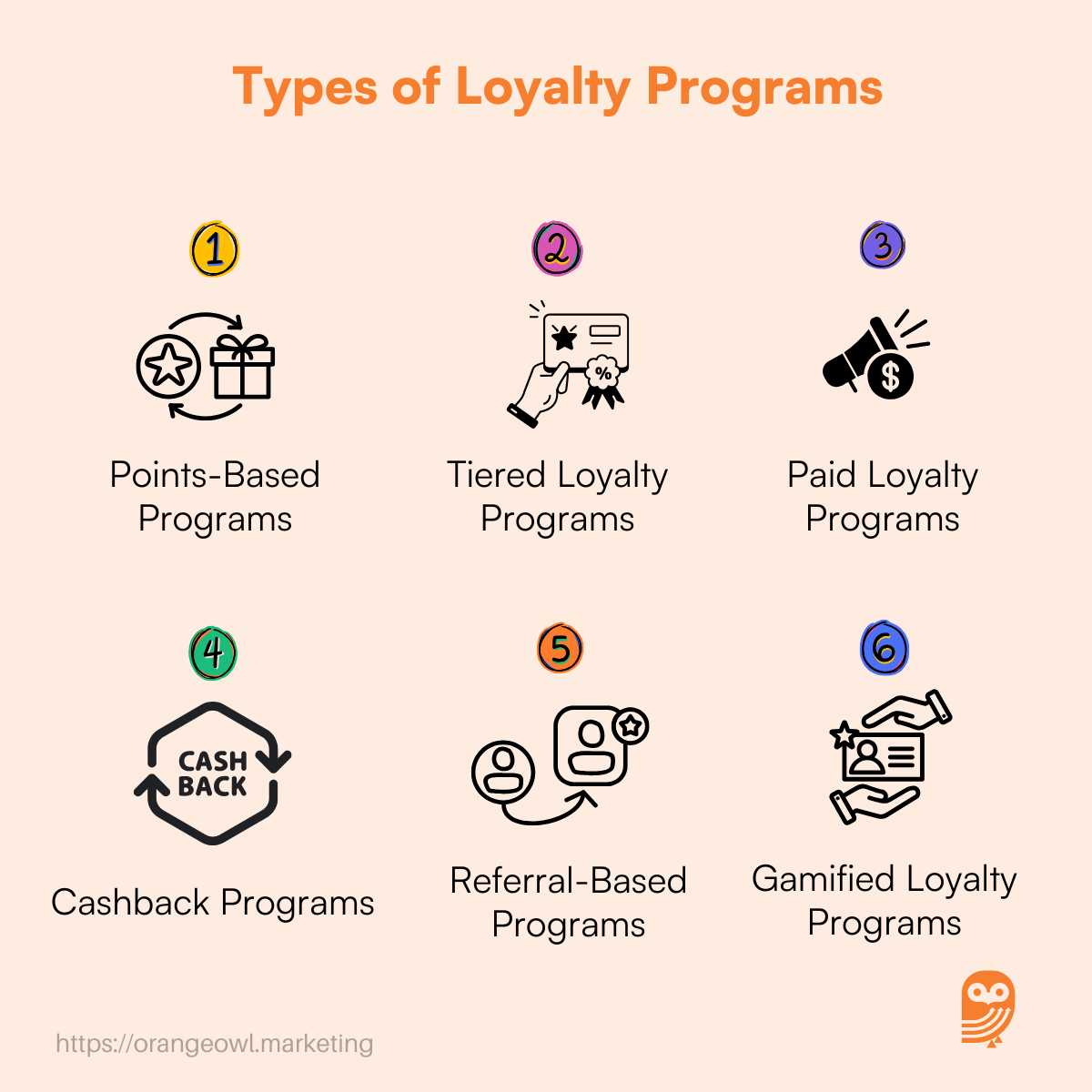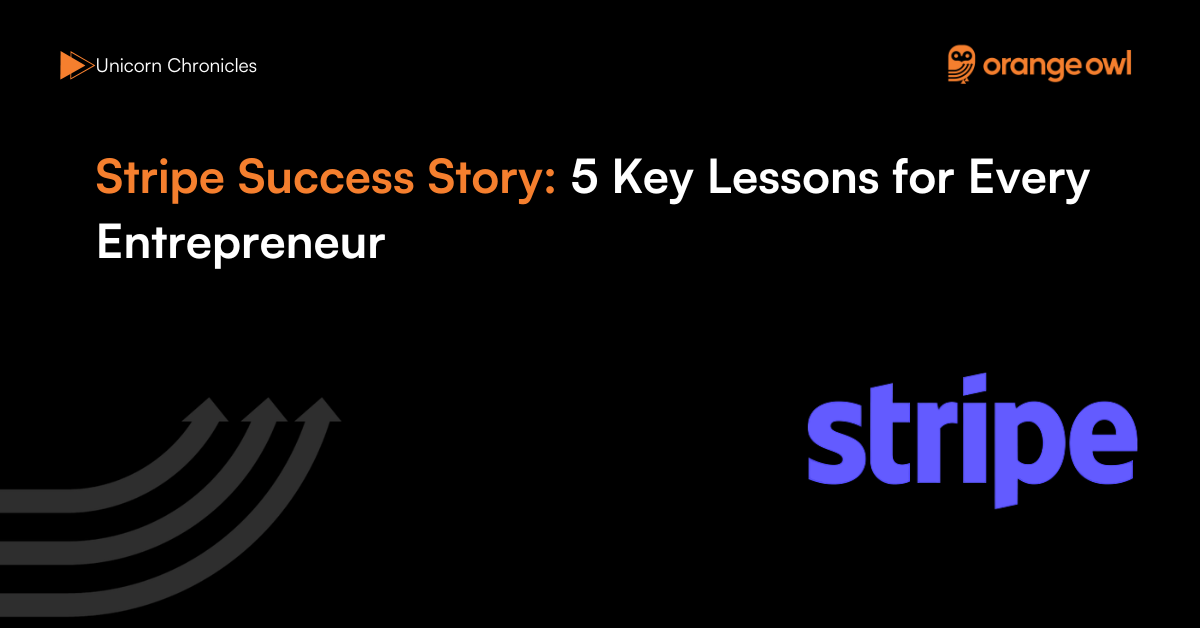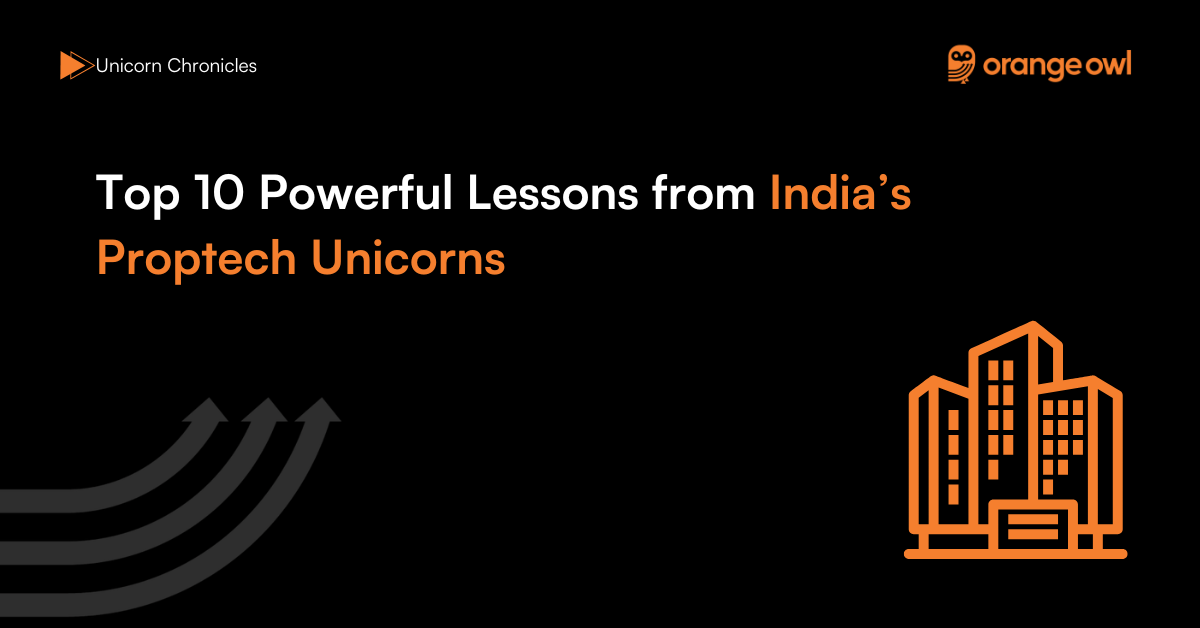Comprehensive Guide on Loyalty Programs in B2B Marketing
Vivek Goel
February 7, 2025

Table of Contents
Introduction
In the B2B landscape, fostering long-term relationships and customer loyalty is essential for sustainable growth. Unlike B2C, where impulse purchases are common, B2B transactions involve longer sales cycles, higher-order values, and multiple decision-makers. To ensure repeat business and strengthen partnerships, companies increasingly leverage loyalty programs in b2b—structured incentives that reward clients for continued engagement, higher spending, and brand advocacy.
Loyalty programs in B2B go beyond simple discounts and reward points; they focus on value-driven perks such as volume-based incentives, priority support, exclusive access to industry insights, and personalized experiences. These programs not only help businesses retain existing clients but also drive revenue growth by increasing customer lifetime value (CLV). According to research, increasing retention rates by just 5% can boost profits by 25% to 95%.
Furthermore, loyalty programs in b2b provide critical insights into client behavior, helping companies tailor their offerings, improve service delivery, and build stronger customer relationships. With digital transformation reshaping industries, businesses now utilize AI-driven analytics, omnichannel engagement, and automation to deliver highly personalized and data-driven loyalty experiences.
By strategically implementing a loyalty program, B2B companies can create win-win relationships—offering clients meaningful incentives while fostering business growth and long-term loyalty.
What Are Loyalty Programs?
Loyalty programs are structured marketing strategies designed to reward and incentivize customers for their repeat business. These programs aim to increase customer retention, encourage repeat purchases, and build brand loyalty. While often associated with B2C businesses—such as Starbucks Rewards or Amazon Prime—loyalty programs are equally effective in the B2B space, albeit with some key differences.
Loyalty Programs in B2B: A Relationship-Centric Approach
Unlike B2C programs, which primarily focus on encouraging frequent transactions, B2B loyalty programs emphasize long-term relationship building, value-driven incentives, and trust-based partnerships. In the B2B sector, purchasing decisions often involve multiple stakeholders, longer sales cycles, and higher transaction values. Therefore, loyalty programs in this space are designed to:
1. Longer Sales Cycles Require Stronger Relationships
B2B sales cycles are typically longer and involve multiple decision-makers. Loyalty programs help nurture these relationships over time, ensuring that customers remain engaged and committed to your brand.
2. Higher Customer Lifetime Value (CLV)
B2B customers often represent significant revenue over time. Loyalty programs incentivize repeat purchases and upsells, increasing the CLV of each customer.
3. Reduced Churn
Retaining existing customers is far more cost-effective than acquiring new ones. Loyalty programs reduce churn by rewarding customers for their continued business.
4. Enhanced Customer Experience
Loyalty programs can be tailored to provide personalized experiences, such as exclusive access to resources, early product launches, or dedicated account managers, which strengthen the customer relationship.
5. Competitive Differentiation
In crowded markets, a well-designed loyalty program can set your business apart from competitors, making your offering more attractive to potential clients.
Key Differences Between B2B and B2C Loyalty Programs
While the core concept of loyalty programs remains the same, B2B loyalty programs differ from B2C programs in several ways:
- Focus on Relationships, Not Transactions
B2B loyalty programs prioritize building long-term relationships rather than rewarding individual transactions. The goal is to create a partnership that benefits both parties. - Customization and Personalization
B2B customers often have unique needs and preferences. Loyalty programs in this space are highly customized, offering tailored rewards and incentives. - Tiered Rewards
Loyalty programs in b2b often use tiered structures, where customers unlock greater benefits as they spend more or deepen their engagement with the brand. - Non-Monetary Rewards
While B2C programs often focus on discounts or free products, B2B programs may offer value-added services, such as training, consulting, or exclusive access to industry insights. - Multi-Stakeholder Engagement
B2B purchases involve multiple decision-makers. Loyalty programs must engage all stakeholders, from procurement teams to end-users.
Types of Loyalty Programs
1. Points-Based Programs
Customers earn points for every purchase, which can be redeemed for discounts, gifts, or special perks.
Example: A software company like Adobe could implement a points-based loyalty program where businesses earn points for subscribing to additional services, referring other businesses, or participating in training sessions. These points could be redeemed for software upgrades, additional features, or premium support.
2. Tiered Loyalty Programs
Customers unlock better rewards as they move up different tiers based on their spending levels.
Example: FedEx offers a tiered loyalty program called “My FedEx Rewards,” where business customers who ship frequently get access to higher discounts, faster processing, and priority customer support as they move up the tiers.
3. Paid Loyalty Programs
Customers pay a membership fee to access exclusive benefits and savings.
Example: LinkedIn Premium for businesses allows companies to pay for enhanced hiring, networking, and marketing tools, providing them with greater access to job postings, analytics, and outreach capabilities.
4. Cashback Programs
Customers receive a percentage of their purchase amount back as store credit or cash.
Example: American Express offers corporate customers cashback on business-related expenses, helping companies save money while encouraging continued use of their financial services.
5. Referral-Based Programs
Customers receive rewards when they refer other businesses to a brand.
Example: Dropbox Business offers additional cloud storage to companies that refer new business users, incentivizing growth through word-of-mouth marketing.
6. Gamified Loyalty Programs
Adding gaming elements, such as challenges or badges, increases customer engagement.
Example: HubSpot Academy gamifies its loyalty program by awarding digital badges and certifications to users who complete training courses, encouraging businesses to continue using its platform for marketing and CRM needs.

Examples of Successful Loyalty Programs in B2B
1. HubSpot’s Partner Program
HubSpot, a leading marketing software company, offers a tiered loyalty program for its partners. Agencies and consultants can achieve different levels (Silver, Gold, Platinum) based on their performance. Rewards include increased revenue share, access to premium training, and exclusive marketing resources. This program not only incentivizes partners to sell more but also helps them grow their own businesses.
2. American Express Business Platinum Card
American Express offers a loyalty program tailored to B2B customers. Cardholders earn points on business expenses, which can be redeemed for travel, gift cards, or statement credits. Additionally, the program provides exclusive benefits like airport lounge access and concierge services, adding value beyond just financial rewards.
3. Cisco’s Partner Loyalty Program
Cisco’s loyalty program rewards its channel partners for selling Cisco products and solutions. Partners earn points for meeting sales targets, which can be redeemed for marketing development funds (MDF), training, or technology upgrades. This program strengthens Cisco’s relationships with its partners and drives mutual growth.
4. FedEx Business Rewards
FedEx’s loyalty program is designed for small and medium-sized businesses. Customers earn points for every dollar spent on shipping, which can be redeemed for travel, merchandise, or shipping discounts. This program encourages businesses to consolidate their shipping needs with FedEx, increasing customer retention.
Statistics That Highlight the Impact of Loyalty Programs in B2B
- Increased Retention Rates
According to a study by Bain & Company, increasing customer retention rates by just 5% can boost profits by 25% to 95%. Loyalty programs play a key role in achieving this. - Higher CLV
B2B companies with effective loyalty programs see 30% higher share-of-wallet from their top customers. - Customer Loyalty Drives Revenue
A report by Bond Brand Loyalty found that 77% of B2B customers are more likely to stay with a brand that offers a loyalty program, and 66% are willing to spend more with that brand. - Personalization Matters
80% of B2B customers are more likely to do business with a company that offers personalized experiences. Loyalty programs that leverage data to provide tailored rewards are more effective. - Non-Monetary Rewards Are Valued
A study by Harvard Business Review found that 64% of B2B customers value non-monetary rewards, such as exclusive access to content or events, over cashback or discounts.
How to Design an Effective Loyalty Program in B2B
1. Understand Your Customers’ Needs
B2B customers have different expectations compared to B2C consumers. While B2C loyalty programs often focus on discounts and rewards, B2B loyalty programs should emphasize value-driven incentives. Conduct thorough market research, customer surveys, and data analysis to identify key motivators for your business clients. Ask yourself:
- Do they prioritize cost savings over service enhancements?
- Would they benefit from personalized support or extended warranties?
- Are they looking for more streamlined ordering processes?
Once you have a deep understanding of your customers’ needs, design your program to align with their specific business goals and challenges.
2. Offer Tiered Rewards
B2B transactions often involve high-value purchases and long-term contracts. A tiered loyalty program can incentivize increased spending and engagement. Consider structuring your program with multiple levels, such as:
- Entry-Level (Basic Tier): Discounts on first purchases or free shipping.
- Mid-Tier: Exclusive pricing, priority support, or access to premium resources.
- Elite Tier: Dedicated account managers, co-marketing opportunities, and first access to new products or services.
This structure encourages businesses to remain loyal and increase their engagement with your brand over time.
3. Leverage Data and Technology
A successful loyalty program should be data-driven. Utilize Customer Relationship Management (CRM) software and analytics tools to:
- Track customer purchasing behavior.
- Identify high-value clients and their preferences.
- Provide personalized reward recommendations.
- Automate loyalty program interactions to ensure a seamless experience.
Artificial Intelligence (AI) and machine learning can further enhance personalization by predicting customer needs and recommending tailored rewards.
4. Focus on Non-Monetary Incentives
Unlike B2C programs that rely on cashbacks and discounts, B2B loyalty programs should focus on value-added services. Some effective non-monetary incentives include:
- Exclusive Training & Certifications: Help customers stay competitive by providing industry-specific training programs.
- Early Access to Products or Features: Offer beta testing opportunities or first access to new products before the general market.
- Business Development Support: Provide networking opportunities, co-marketing initiatives, or consulting services to help clients grow their businesses.
By offering more than just discounts, your loyalty program becomes an essential part of your clients’ success.
5. Engage All Stakeholders
In B2B transactions, purchasing decisions are made by multiple stakeholders, including procurement teams, finance departments, and end-users. Your loyalty program should appeal to all decision-makers by addressing their unique pain points. For example:
- Procurement teams may value cost savings and bulk discounts.
- End-users may appreciate personalized support and training.
- Executives may be drawn to strategic partnerships and business development opportunities.
Creating a multi-faceted rewards system ensures your program remains relevant to all stakeholders involved.
6. Communicate Clearly
A loyalty program is only effective if your customers understand how it works and what they stand to gain. Use multiple communication channels, such as:
- Email Marketing: Send updates about rewards, exclusive offers, and program benefits.
- Webinars & Training Sessions: Educate customers on how to maximize their rewards.
- Account Managers: Assign dedicated representatives to help clients navigate the program and take full advantage of the benefits.
Providing clear, concise, and engaging communication ensures higher participation and program success.
7. Measure and Optimize
Launching a loyalty program is just the beginning. To ensure long-term effectiveness, continuously monitor key performance indicators (KPIs) such as:
- Customer Retention Rate: How many businesses continue to engage with your brand over time?
- Average Order Value (AOV): Are program participants spending more than non-participants?
- Redemption Rate: How often are customers redeeming rewards?
- Customer Satisfaction & Feedback: What are clients saying about the program?
Conclusion
Loyalty programs are a powerful tool for B2B marketers looking to build long-term relationships, increase customer retention, and drive revenue. By understanding the unique needs of B2B customers and designing programs that offer real value, businesses can differentiate themselves in competitive markets and create lasting partnerships.
As the statistics and examples above demonstrate, loyalty programs are not just a nice-to-have—they are a strategic imperative for B2B companies looking to thrive in today’s business environment. Whether you’re a software provider, a logistics company, or a consulting firm, investing in a well-designed loyalty program can deliver significant returns and help you build a loyal customer base that drives sustained growth.
So, what are you waiting for? Start designing your B2B loyalty program today and unlock the full potential of your customer relationships!
Frequently Asked Questions (FAQs) on Loyalty Programs in B2B
B2B loyalty programs focus on long-term partnerships rather than transactional rewards. They often include volume-based discounts, extended service benefits, and customized solutions, whereas B2C programs tend to offer points, discounts, and gamified rewards to drive frequent purchases.
The primary challenges include designing a rewards system that aligns with business objectives, ensuring seamless integration with existing sales and CRM systems, and maintaining engagement over longer sales cycles typical in B2B transactions.
Businesses should analyze customer behavior, purchasing patterns, and key motivators. Conducting surveys, leveraging customer data, and studying competitors’ programs can help in structuring a program that adds real value.
Examples include Dell Advantage for Business, which offers exclusive pricing and financing, and American Express Membership Rewards, which provides points redeemable for travel and business expenses. Such programs focus on enhancing business efficiency rather than just offering discounts.
Yes! Even small businesses can implement simple loyalty strategies like referral bonuses, tiered discounts, or access to priority support. Such programs help them build stronger client relationships and encourage repeat business.
Businesses can track purchase history, preferences, and engagement levels through loyalty programs. This data helps in offering personalized deals, exclusive product recommendations, and customized business solutions to clients.
AI and machine learning enhance personalization by predicting customer needs, while blockchain technology ensures transparency in rewards distribution. Digital platforms also enable seamless omnichannel engagement
No, B2B programs often include experiential rewards like industry event invitations, extended warranties, premium customer service, and even co-marketing opportunities for long-term collaboration.
Engagement can be maintained by introducing tiered rewards, milestone-based incentives, seasonal promotions, and regular communication about program updates and exclusive benefits.
Businesses should track customer retention rates, average order value (AOV), program participation rate, reward redemption frequency, and overall customer lifetime value (CLV) to gauge success.


